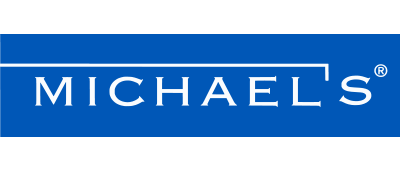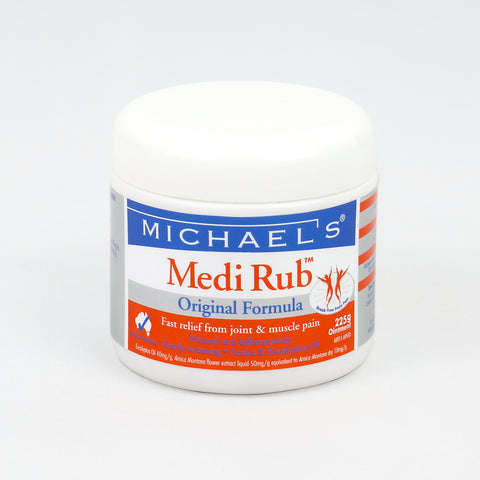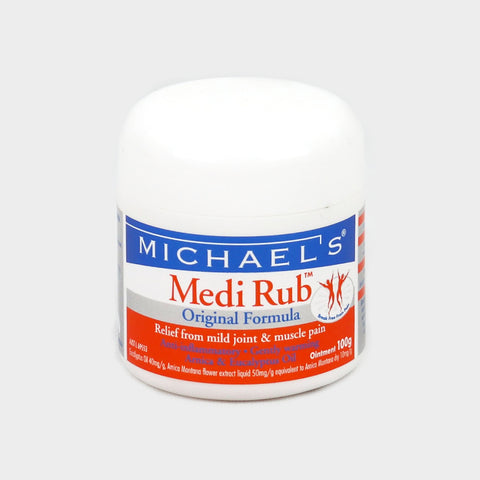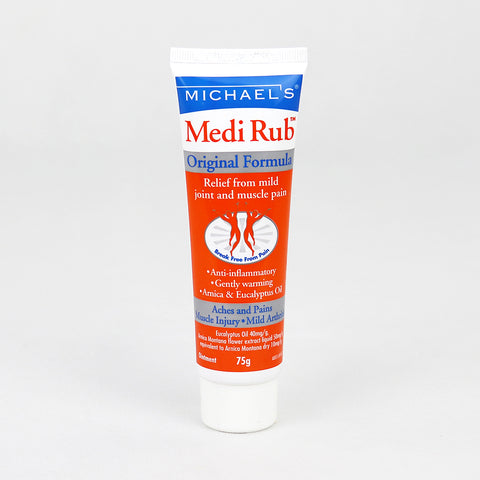
With over one million sports injuries occurring each year, this article will be essential if you plan to be actively participating in sports.
Types of Sporting Injuries
Some of the most common types of sporting injuries include muscle strains, stress fractures and bruises.
Muscle strains refer to general damage to a muscle and or the attaching tendons. This damage can come in the form of partial or complete tears of the muscle fibres within a muscle. A muscle strain can possess symptoms such as swelling, redness, pain while resting, pain when muscle is used or an inability to use the muscle at all.
Direct vs Indirect vs Overuse Injuries
Direct Injuries occur as a result of contact with another person, object or the ground. The sheer force of external impact can damage a muscle and subsequently result in injury. Indirect Injuries occur without any physical contact. In this case, it is not direct contact which causes muscle damage, but the actual action an individual is performing. An example of this is suffering muscle strain while running. Overuse injuries occur as a result of continual pressure sustained by a muscle. The stress of repeat performance over time can lead to wear and tear on the muscle fibres and tendons until the point of injury.
Treatment of Sporting Injuries
Home Treatment:
Effective treatment and recovery from sporting injuries begin at home. This treatment can be summarised as the PRICE formula. This involves protection, rest, ice, compression and elevation.
First and foremost, it is essential to protect the muscle from further injury. Stop the activity you were completing and remove all constrictive clothing and jewellery. Secondly, it is important to rest the muscle and not attempt any activities which may damage the muscle further or cause pain. Thirdly, ice the muscle for 20 minutes every hour while awake. This can help to reduce inflammation. Compression can be applied with an elastic bandage in order to reduce swelling and provide support. Lastly, ensure to elevate the injured area in order to also decrease swelling
Physiotherapy:
Physiotherapy can help in the rehabilitation process for the injured muscle. Physiotherapy can also incorporate exercises to improve strength and flexibility. This professional assistance may be important in order to return to the sport. Physiotherapists can develop extensive rehab programs and provide expert assessment of muscle condition.
A key form of physiotherapy treatment comes in the form of massage with natural pain relief rubs. Such rubs invoke the benefits of ingredients such as arnica and eucalypts oil to provide fast relief from muscle and joint pain. These rubs can provide relief for sporting injuries including muscle strains, bruising, cramps and general muscle inflammation.



